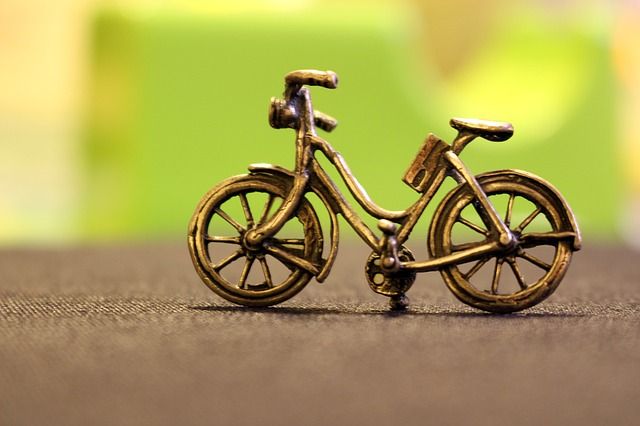Every metal has a certain degree of malleability, the ability to deform under compressive stress without breaking. This property is critical because it allows metals to be utilized for various applications, including surface protection, ornament, architectural design, and machine parts.
Some metals are more malleable than others. In fact, there are metals whose malleability is too negligible to be utilized. Among the many malleable metals out there, copper is arguably the most extensively used. This is because it can be easily alloyed with other metals to form even stronger and more durable materials.
Even after alloying, copper retains its malleability, making the new material pliable as well. Bronze is an example of alloy that inherits the malleability of copper. Although not as malleable as other prominent metals, such as gold, silver, and aluminium, bronze sure is very easy to work with, especially to be flattened into usable sheets of varying thicknesses.
Understanding the Malleability of Bronze
Bronze is not really the best example to use when explaining malleability, but it does go flat when hammered, pressed, or rolled. It can only tolerate so much pressure before finally breaking. In fact, regular bronzes have the tendency to become brittle when applied with an abrupt force.
Bronze’s malleability depends on the amount of copper and tin and the crystal structure of their molecules. Most bronzes have a little over 80 percent copper and 12 percent tin. The rest consists of additional elements in miniscule amounts, such as aluminium, manganese, nickel or zinc, which also affect bronze’s malleability.
If you look at bronze’s molecular structure through an electron microscope, you’ll notice that those bronzes that have almost symmetrical arrangement of copper and tin molecules are most tolerant to pressure. They neither deform nor break easily even if bronze is naturally brittle.
Plus, a good crystal structure also contributes to bronze’s ability to resist vibrations. The tin atom placed in a strategic spot within a uniformly arranged cluster of copper atoms in the composition prevents the atomic plain from slipping freely, keeping it in place regardless of the kind of force applied to it.
Quality Bronze from an Experienced Supplier
Of course, the perfect mix of copper and tin in bronze does not occur by chance. It is with the expert skill of metalworkers that a seamless crystal structure can be achieved. Unfortunately, not all suppliers have this kind of skill. It takes decades of experience in metallurgy to create bronzes of the most desirable compositions.
Metal suppliers, such as Rotax Metals, that have been providing the highest quality bronze sheet metal products to builders and suppliers for decades are the best place to turn to for materials for your projects. Not only do these suppliers have a huge arsenal of products that you can choose from, but they also have a wide network that they can rely on when you can’t find what you need from them.
About Rotax Metals: Rotax Metals is you one-stop shop for the most desirable metal supplies on the market. We provide high-quality copper, brass, and bronze supplies that could work for any kind of project. Whether you are looking for the perfect decorative element for your façade or a durable backsplash material, we can deliver.
Sources:
What is Malleability in Metallurgy?, thebalance.com
Malleability in Chemistry Explained With Appropriate Examples, sciencestruck.com


